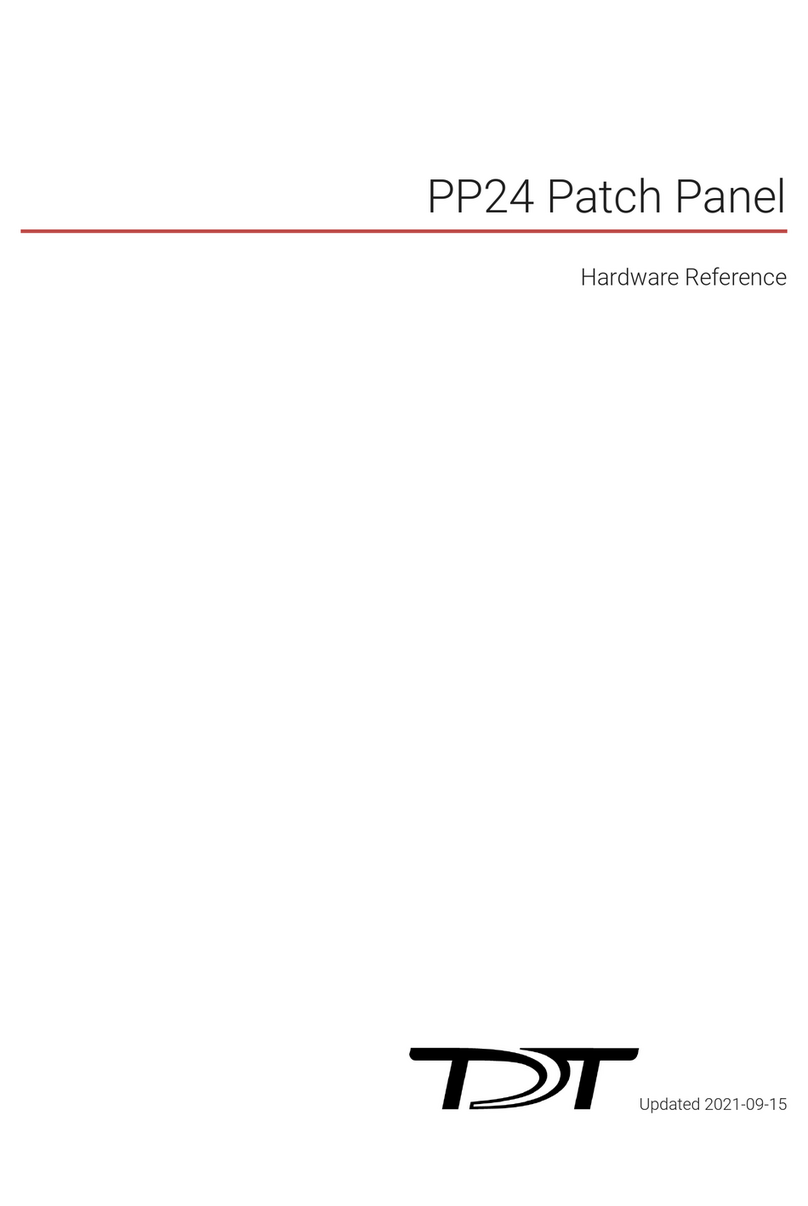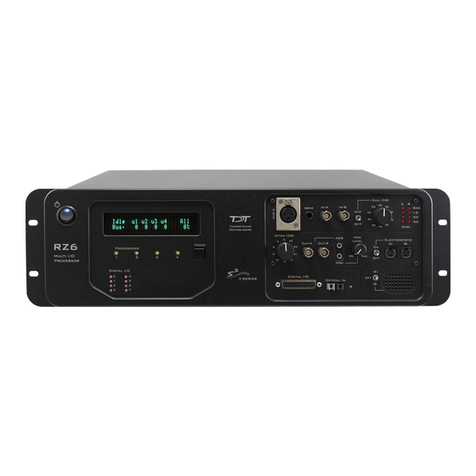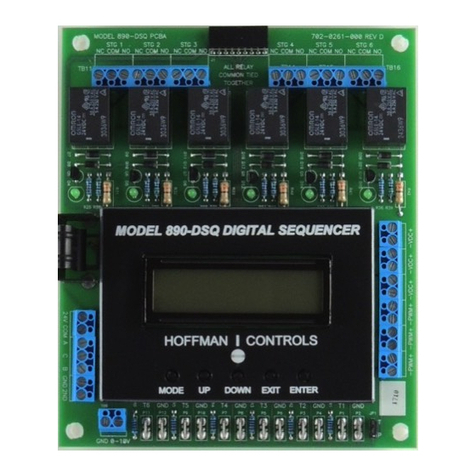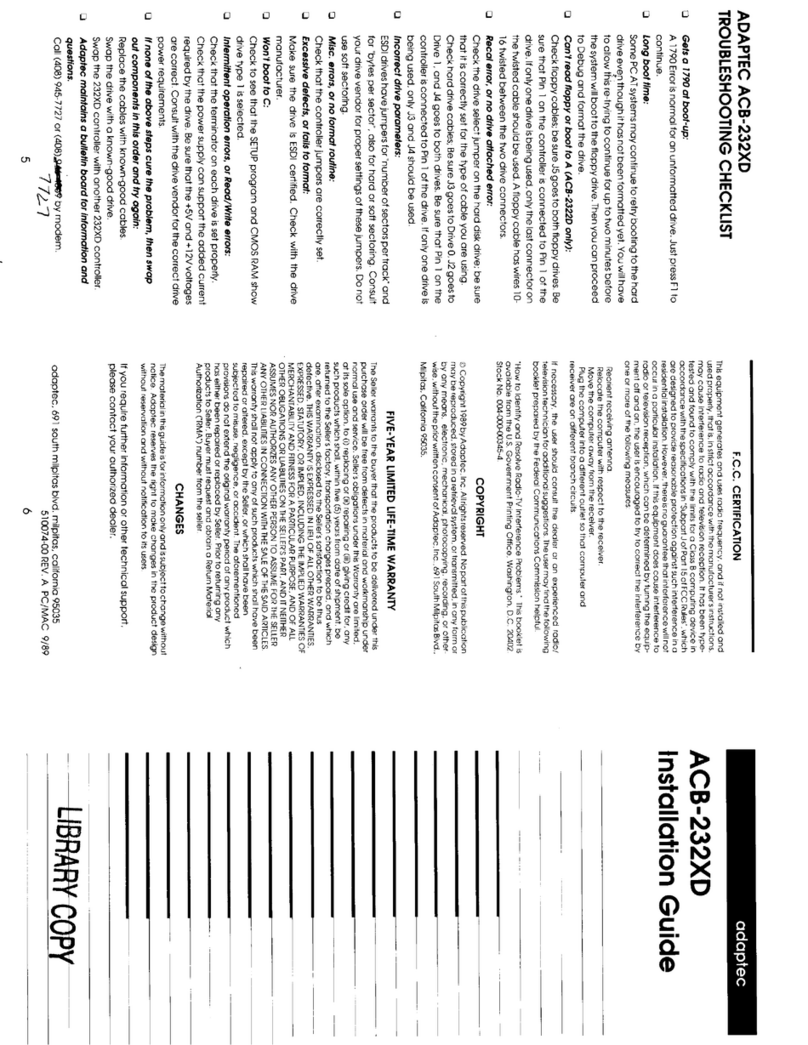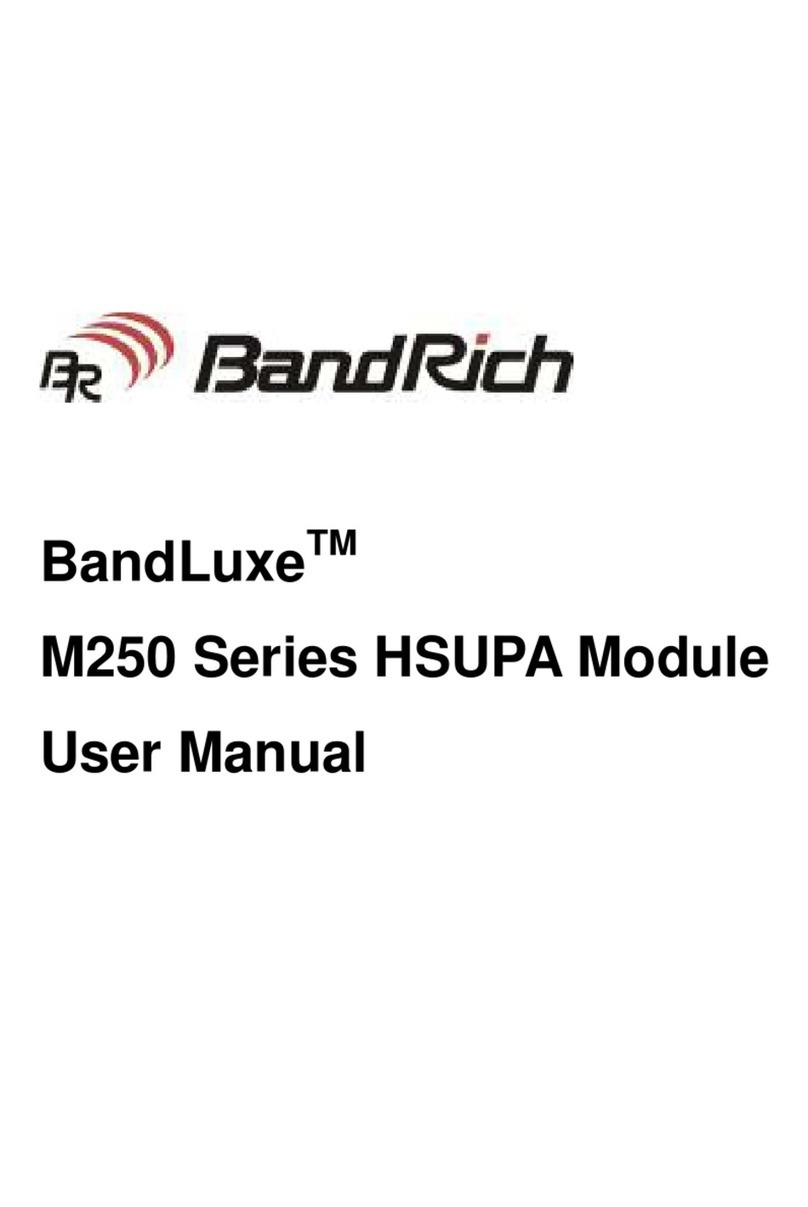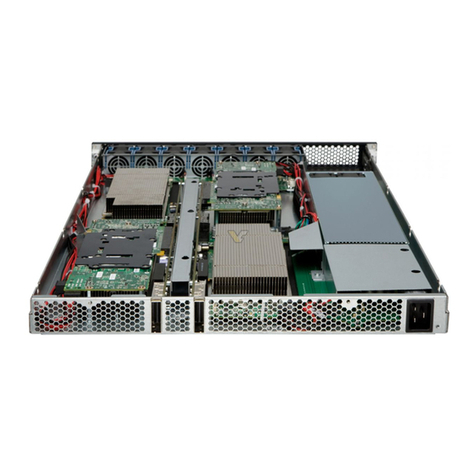TDT FB128 Application guide

FB128 Neural Simulator
Hardware Reference
Updated 2022-10-31

© 2016-2022 Tucker-Davis Technologies, Inc. (TDT). All rights reserved.
Tucker-Davis Technologies
11930 Research Circle
Alachua, FL 32615 USA
Phone: +1.386.462.9622
Fax: +1.386.462.5365
Notices
The information contained in this document is provided "as is," and is subject to being changed,
without notice. TDT shall not be liable for errors or damages in connection with the furnishing, use, or
performance of this document or of any information contained herein.
The latest versions of TDT documents are always online at https://www.tdt.com/docs/
FB128 Neural Simulator | 2

Table of Contents
FB128 Neural Simulator
4Overview
5Hardware Set-up
5ZIF Connectors
6Omnetics Connectors
7Simulation Modes
7NORMAL
8HASH
9LFP ONLY
10TETRODE
12SYNC 100 Hz
12TONE 30 Hz
13TONE 1000 Hz
13TONE REF
13Inhibitory/Excitatory Mode
14Channel Mapping Mode
16Power
16FB128 Technical Specications
Table of Contents | 3

FB128 Neural Simulator
Overview
The FB128 Neural Simulator is a tool for testing experimental paradigms during the design
phase and debugging problems when they arise. The compact, battery operated device
simulates neurological waveforms or sine waves that can be output directly to a ZIF-Clip
headstage. The FB128-OMN version includes connections for a 16 channel and 32 channel
Omnetics headstage as well.
Neurological simulations consist of an LFP component and spike components. Eight unique
spike waveform shapes are used depending on the mode. Up to 128 channels can be output
(up to 96 unique).
FB128 Neural Simulator | 4

32 channels from FB128 - ltered for Spike (top) and LFP (bottom) waveforms
The simulator can operate in eight different modes and includes an inhibitory/excitatory option
for even more output variations. The simulation modes are listed on the face of the module
and LEDs indicate which is active. Operational buttons or switches, a TTL input, and a charger
input are positioned on one end of the module and output connectors for headstage
connection are positioned on the other.
Hardware Set-up
When using the FB128 to test your protocol or recording hardware, set-up the recording part of
your system as you would during your experiment with the FB128 in place of the subject and
electrodes.
ZIF Connectors
Four output connectors are positioned side-by-side at one end of the simulator. One for each
size of ZIF-Clip headstages, including one connector for the ZC16/ZC32/ZD32 and one each
for the ZC64/ZD64, ZC96/ZD96, and ZC128/ZD128.
Connect the headstage to the appropriate connector just as you would connect it to an
electrode or adapter. First, line up the square guide on the headstage with the notch on the
FB128 Neural Simulator | 5

probe connector. Hold it rmly open at the wire end of the connector until it is fully in position
then clamp it rmly in place.
ZC32 and FB128
Omnetics Connectors
The FB128-OMN has 16- and 32-channel Omnetics connectors for LP16CH-Z and LP32CH-Z
style headstages.
Connect the headstage to the appropriate connector just as you would connect it to an
electrode or adapter. Line up the label on the Omnetics connector on the headstage with the
arrow on the probe connector.
Failure to hold the clip open until it is fully in position can cause damage to the headstage connectors.
Caution
FB128 Neural Simulator | 6

LP16CH-Z and FB128-OMN
Simulation Modes
The Mode button, is positioned on the end opposite the output connectors.
To cycle through the operating modes:
Briey press the Mode button. The active mode is indicated by a lit LED on the face of the
module. If you press too long and the LED is blinking, you are in Channel Mapping Mode.
See Channel Mapping Mode.
NORMAL
Neurological waveforms, including spike waveforms and LFP.
•
FB128 Neural Simulator | 7

Pictured waveforms were generated by the FB128 and plotted in Synapse with the following
settings:
Wave Filter Settings: High Pass: 300 Hz, Low Pass: 5000 Hz
LFPx Filter Settings: High Pass: 0 Hz, Low Pass: 300 Hz
HASH
NORMAL mode but with spikes scaled down by a factor of 2.
FB128 Neural Simulator | 8

Pictured waveforms were generated by the FB128 and plotted in Synapse with the following
settings:
Wave Filter Settings: High Pass: 300 Hz, Low Pass: 5000 Hz
LFPx Filter Settings: High Pass: 0 Hz, Low Pass: 300 Hz
LFP ONLY
NORMAL with spikes scaled to zero.
FB128 Neural Simulator | 9

Pictured waveforms were generated by the FB128 and plotted in Synapse with the following
settings:
Wave Filter Settings: High Pass: 300 Hz, Low Pass: 5000 Hz
LFPx Filter Settings: High Pass: 0 Hz, Low Pass: 300 Hz
TETRODE
Neurological LFP waveforms with spikes--where spikes on each group of four channels re
synchronously. Channels 1-4 re together, channels 5-8 re together, and so forth.
FB128 Neural Simulator | 10

Shown: Tetrode + Excitatory Mode
Pictured waveforms were generated by the FB128 and plotted in Synapse with the following
settings:
SUwv Filter Settings: High Pass: 300 Hz, Low Pass: 5000 Hz
RAWx Filter Settings: Unltered
To better view Tetrode mode (as pictured above) the channels must be re-mapped.
For
Synapse
users,
use
the
Channel
Mapper
gizmo
.
Choose
TDT
>
Electrode
>
then
FBnTET
to
match
your
channel count.
For
RPvdsEx
/
OpenEx
users,
the
map
for
each
ZIF-Clip
headstage
is
included
in
FB128Tetrode.rcx,
which
is
bundled
in
the
RPvdsEx
zipped
examples
on
the
TDT
Website
at:
https://www.tdt.com/les/examples/
RPvdsExExamples.zip.
Important
FB128 Neural Simulator | 11

SYNC 100 Hz
Neurological LFP waveforms with spikes on all channels ring synchronously at 100 Hz xed
rate. The spikes in this mode are always the same shape.
Pictured waveforms were generated by the FB128 and plotted in Synapse with the following
settings:
Wave Filter Settings: High Pass: 300 Hz, Low Pass: 5000 Hz
LFPx Filter Settings: High Pass: 0 Hz, Low Pass: 300 Hz
TONE 30 Hz
30 Hz sine wave at approximately ±700 uV on all channels.
FB128 Neural Simulator | 12

TONE 1000 Hz
1000 Hz sine wave at approximately ±70 uV on all channels (actual frequency is ~763 Hz).
TONE REF
100 Hz sine wave at approximately ±700 uV on Reference channel only. All other channels
output 0. Because the reference is subtracted from all channels, the sine wave should be
visible on all channels.
Inhibitory/Excitatory Mode
An inhibitory/excitatory mode can be used in conjunction with all spike modes (NORMAL,
HASH, TETRODE, and SYNC 100 Hz). When enabled, the base neurological waveforms (LFP)
remain the same but some spike shapes are inhibited (re less often) while others are excited
(re more often).
The Inhibitory/Excitatory mode can be activated by holding down the Sync button or it can be
controlled programmatically by sending a TTL high to the Sync BNC connector. When using the
Sync input, the mode change can also be timestamped in Synapse, which is helpful when
testing event-related spike changes and verifying that histogram plots are working correctly.
Reference lines are connected to Ground (0 V) for all modes except TONE REF.
Note
FB128 Neural Simulator | 13

Normal + Excitatory Mode vs Normal Mode
Pictured waveforms were generated by the FB128 and plotted in Synapse with the following
settings:
Wave Filter Settings: High Pass: 300 Hz, Low Pass: 5000 Hz
LFPx Filter Settings: High Pass: 0 Hz, Low Pass: 300 Hz
Channel Mapping Mode
Starting with serial number 2000, the FB128 includes a diagnostic mode that presents a unique
waveform on every channel. This is useful for mapping channels or for detecting shorts on the
headstage.
Press and hold the MODE button on the FB128 until the LED starts ashing, which indicates the
FB128 is in channel mapping mode. Each channel plays a frequency encoded waveform that
creates a unique binary pattern that can be mapped to channel number. See the image below.
Briey press the MODE button again to cycle through the available channel count options until
it matches the headstage you are testing.
FB128 Neural Simulator | 14

*If using a ZIF headstage with a ZCA-OMN adapter, use the Mapper gizmo in Synapse and
select the appropriate Ommnetics adapter from the "TDT" category of maps.
Power cycle the FB128 to exit Channel Mapping Mode.
FB128 Channel Mapping Mode Output
Flashing LED Channel Map Mode
NORMAL ZIF 16-32 Channels
HASH ZIF 64 Channels
LFP ONLY ZIF 96 Channels
TETRODE Lower 64 Channels of ZIF 128 Channel connector
SYNC 100Hz Upper 64 Channels of ZIF 128 Channel connector
TONE 30Hz Omnetics 16 Channels*
TONE 1000Hz Omnetics 32 Channels*
FB128 Neural Simulator | 15

Power
The FB128 is powered by a 1950 mAh battery with a 10-hr life. A 6 Volt charger (tip negative) is
supplied for charging.
FB128 Technical Specications
Output ±10 mV
Battery 1950 mAh
Battery life 10 hr runtime, time to charge 2.5 hr
Charger 6 V (tip negative)
FB128 Neural Simulator | 16
Table of contents
Other TDT Computer Hardware manuals
Popular Computer Hardware manuals by other brands
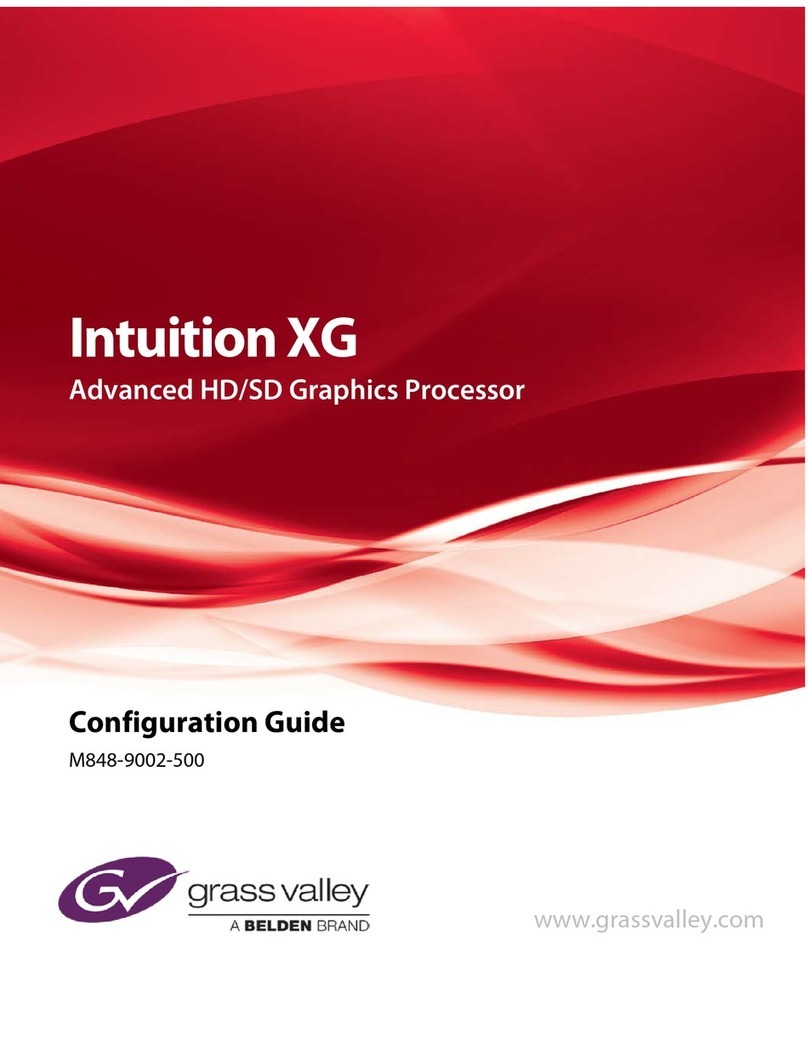
GRASS VALLEY
GRASS VALLEY Intuition XG Configuration guide
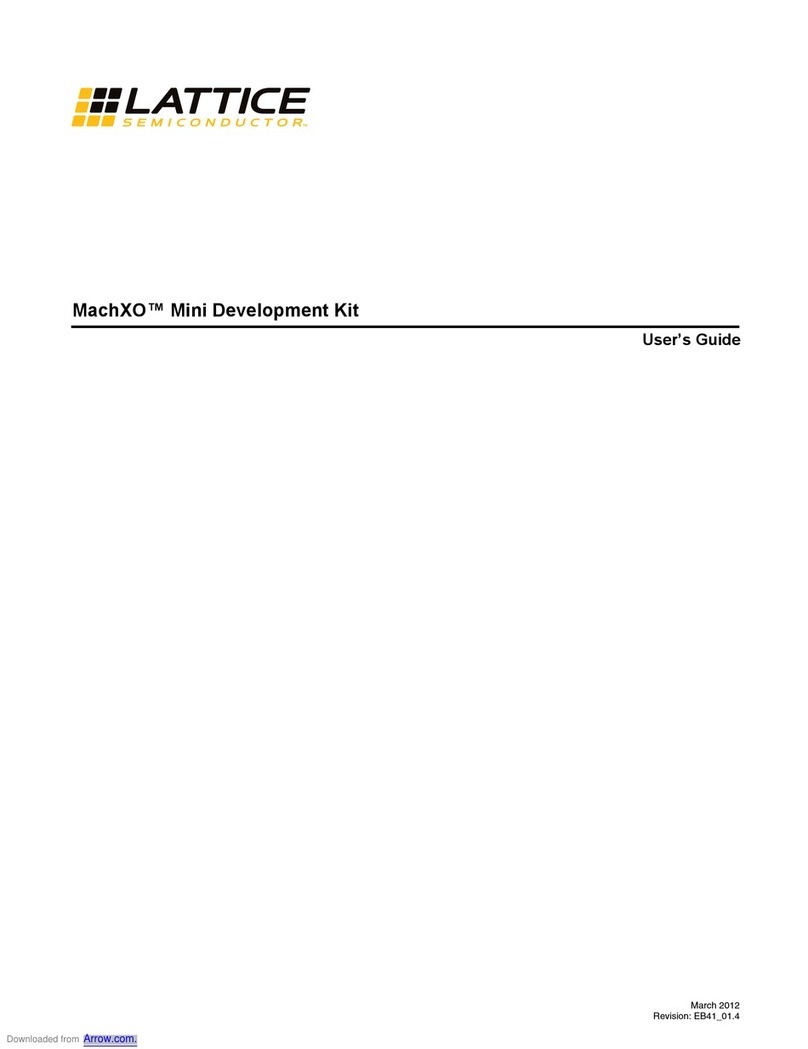
Lattice Semiconductor
Lattice Semiconductor MachXO user guide
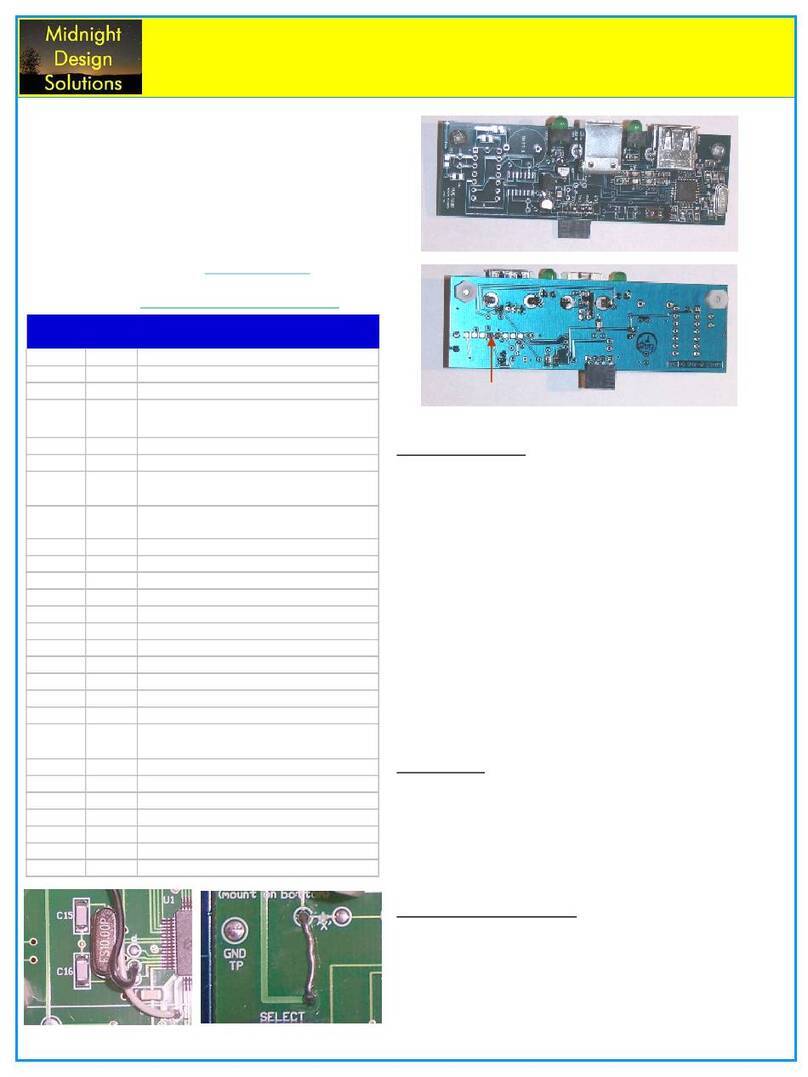
Midnight Design Solutions
Midnight Design Solutions NUE-PSK Quick assembly guide
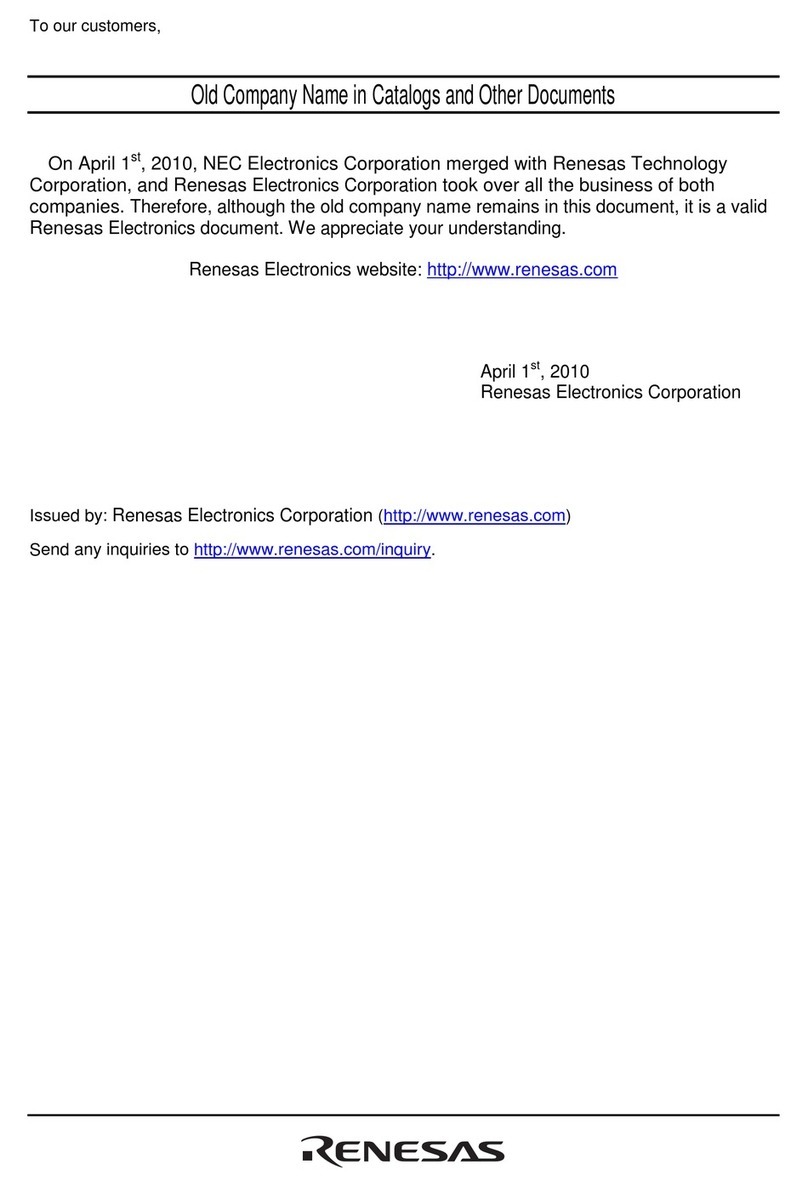
Renesas
Renesas H8S/2328 Series user manual

Dell
Dell PowerEdge systems 6300 Installation information
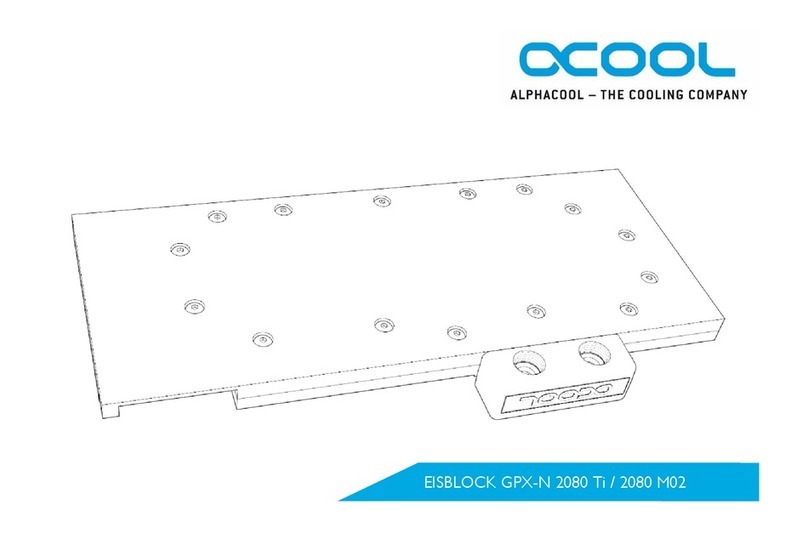
Alphacool
Alphacool EISBLOCK GPX-N 2080 Ti manual

Ratoc Systems
Ratoc Systems SCSI PC Card REX-9530V product manual
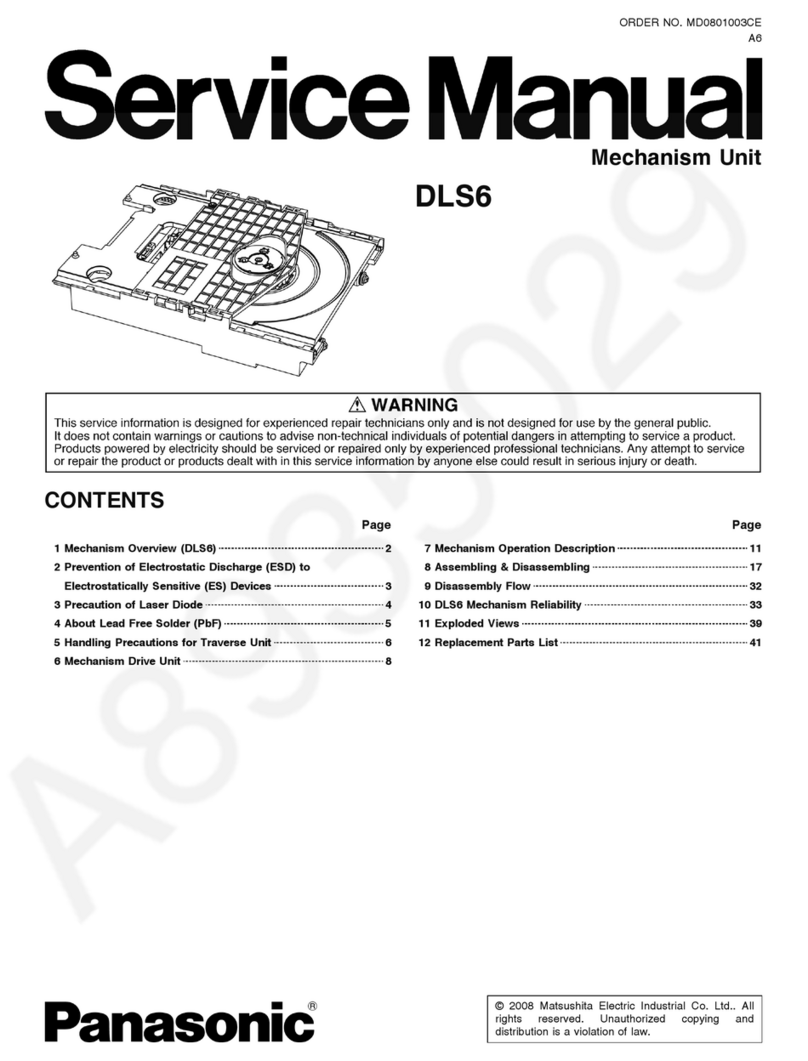
Panasonic
Panasonic DLS6 Service manual
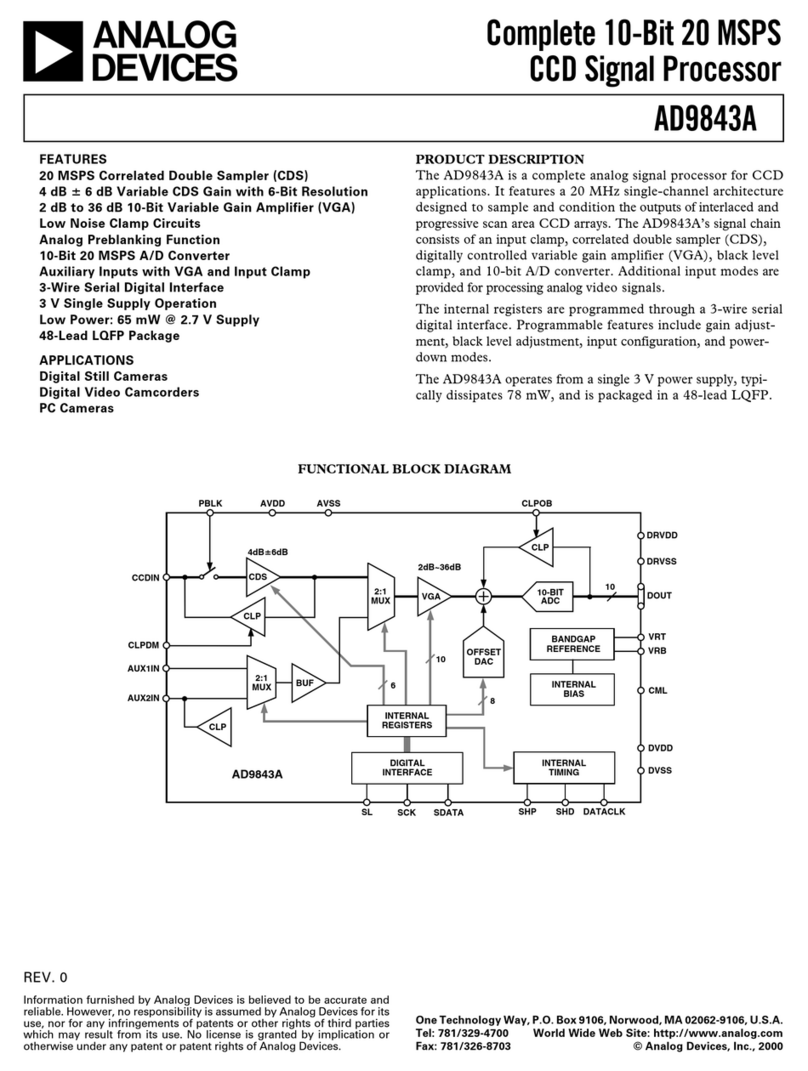
Analog Devices
Analog Devices AD9843A user manual

Air Monitor
Air Monitor VELTRON DPT-plus Installation, operation and maintenance manual

ASROCK
ASROCK Jupiter H610 manual

BenQ
BenQ QCast Mirror user manual
